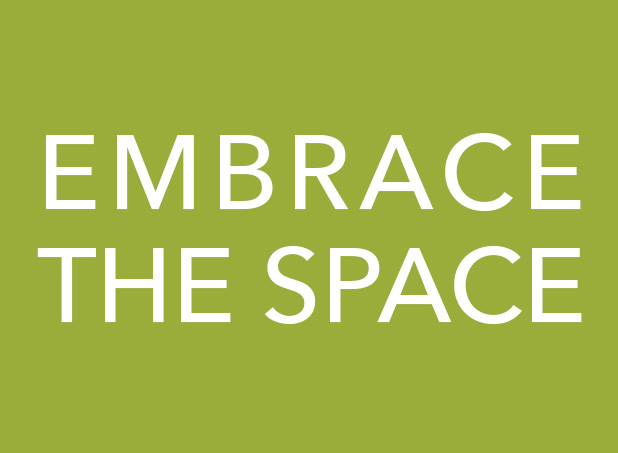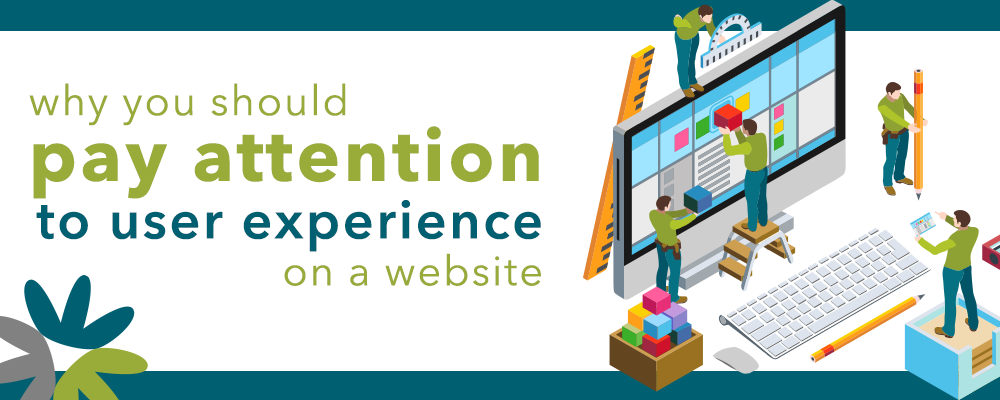Building a website has become very complex.
Well, let me restate that … building a GOOD website has become complex.
Now that websites are viewed on so many different devices, website builders have to keep many things in mind all the time, such as:
- Does the page look good on a computer, a tablet, and a phone screen?
- Do the images load quickly? Every JPG image has to be optimized because this page might be viewed on a phone that still has a 3G data plan!
- Does the website effectively communicate what that company/organization does? People will click back if they don’t see what they are looking for in under three seconds.
There are so many more things to list, but I won’t bore you with the details that we have to think about for every website. I’ll just get to the point.
One factor trumps everything
I can effectively lump everything that is important to a website under a single phrase.
USER EXPERIENCE (I will use the abbreviation “UX” throughout the rest of this blog post)
These days, website builders must be obsessed with UX, or they just simply aren’t building effective websites.
Here are some of the most important UX factors that we consider for every website we build.
Contact information
Believe it or not, many websites still do not have at least their phone number or email in the header of the website.
The most effective trend right now is to put the phone number in the upper-right side of the header of the website, opposite the logo. This is especially important on mobile devices. People searching on phones are often just looking for a phone number. So having the phone number right at the top (and linked to launch the phone immediately!) is very important.
Organized navigation menu
I can’t stress enough how important it is to organize the navigation menu items in a logical, expected way. First of all, people EXPECT to find certain pages on your site, such as Contact, About, Services/Products, etc. This is not the time to be “clever” and name your pages something creative or unexpected. People are used to looking for those pages, so just give it to them!
Another factor that affects the navigation menu items is the fact that there is usually only so much space in the nav bar, therefore limiting the number of items that can go in the nav bar.
This is why we work hard to logically organize your pages into parent and child (or “sub”) menus. The more organized your content and pages are, the easier people will be able to find what they are looking for, therefore increase the UX factor.
So if your business has four primary services or products that you sell, then group them all under a Services menu item.
Speed of page load
Briefly mentioned above, the speed at which the website loads is a huge factor of the UX. Google is even considering page speed as a ranking factor in its search results now.
Page load speed most affects mobile devices. It’s fair to say that if a site loads slower than five seconds on a phone, that will annoy the viewer. They may even hit back or exit out of your site. Getting the page to load in under five seconds on mobile is critical, otherwise, you stand a chance of losing business.
Two of the main ways to increase website load speeds is to optimize large images and to install a caching software. A good web designer should automatically do this.
Mobile design
Also mentioned above is the importance of great mobile design. When a website “scales” from desktop to mobile screens, do all the images scale properly as well? Do the fonts stay at a readable size or do they shrink with the web page width until they are unreadable?
Images displaying properly (especially on mobile displays)
Not only do images have to scale from desktop to mobile elegantly, they also need to stay “contained” in the web page’s intended layout.
Have you ever viewed a website where the image goes off to the right of the phone’s display? That image was not properly coded to stay inside the viewing area. Every image on every page should go through a quick quality control check on desktop, tablet and phone displays before it’s considered done.
Clutter
 Last but not least is reducing the “clutter” on the web page.
Last but not least is reducing the “clutter” on the web page.
You’ve seen them … websites that just cram tons of images and/or text onto a page. What this website builder doesn’t realize is that in cramming so much stuff on a page, they’ve made it impossible to focus on anything on the page. My eyes glaze over when I see websites like this.
What “ordinary” (non-designer) people are now realizing is that “white space,” or lots of “margin,” around images and blocks of text is a good thing. Sure, it takes up more space, but people’s eyes clearly focus on individual chunks of content, instead of focusing on nothing.
So embrace the space! “White” space around content is always better.
It all comes down to User Experience
So why would a web designer spend so much brain power on the UX? Because it influences people’s buying decisions.
Better designed websites with great user experience will out-convert (turn a person into a buyer) every day of the week.
It’s money well spent to invest a little extra time and effort to build a website the best possible user experience.

